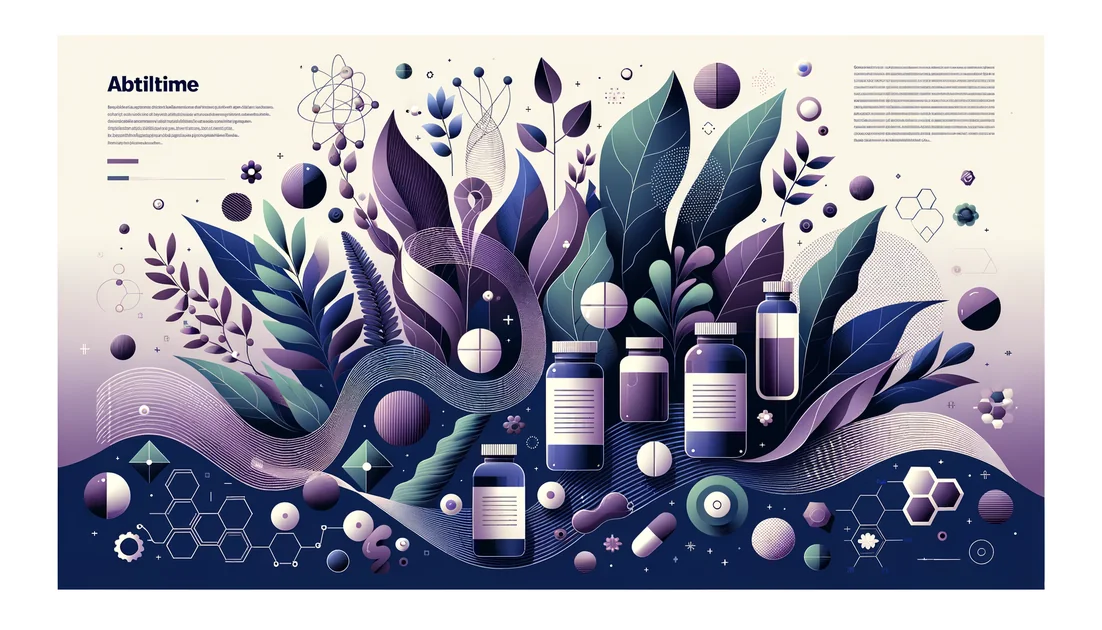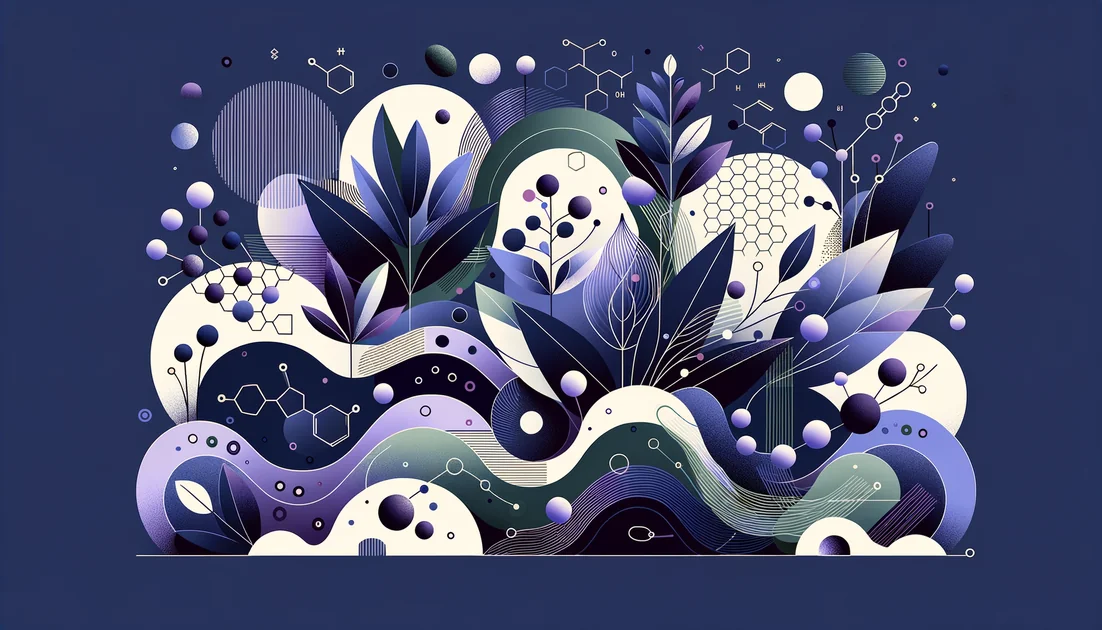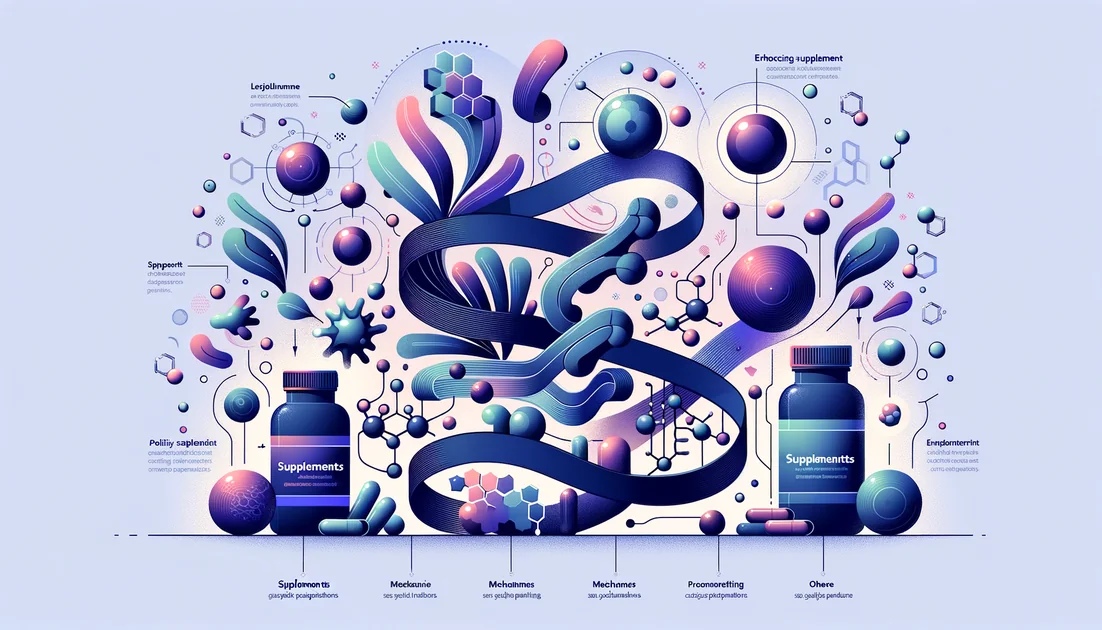
Top 10 Evidence-Based Recommendations
We read 20+ randomized trials and 4 meta-analyses so you don't have to—and ditched hype that flops in real life. Every pick below cites human data, with doses and timelines you can actually use.
Quick Reference Card
Lactoferrin 200–300 mg/day – fast acne/sebum control [1][2]
Hyaluronic acid 120–150 mg/day – hydration/elasticity [5][6]
Ceramides (wheat extract) 350 mg/day – barrier & moisture [8]
Probiotics 10–20B CFU – fewer lesions by 12 weeks [14]
Omega-3 (EPA-rich) 1–2 g ± GLA 200–400 mg – anti-inflammatory [3]
Astaxanthin 6–12 mg – glow & elasticity [9]
Show all 10 supplements...
Zinc (gluconate) 30 mg – modest acne help [15]
Pantothenic acid 2.2–2.5 g – can cut oil [17]
Pycnogenol 100–150 mg – tone/barrier adjunct [18]
Ranked Recommendations
#1LactoferrinTop Choice
The acne-calming milk protein that works in weeks
Dose: 200–300 mg/day (standalone or in fermented dairy); combo caps often pair 100–150 mg lactoferrin with vitamin E and zinc
Time to Effect: 2–4 weeks for lesion count/sebum reductions
How It Works
Evidence
Mild–moderate acne with oily skin; sensitive to antibiotics; wants a well-tolerated beauty option
Dairy allergy (choose non-dairy lactoferrin).
#2Hyaluronic acid (oral)Strong Alternative
Drinkable moisture—plumps from the inside
Dose: 120–150 mg/day (mix of low and high molecular weights works well)
Time to Effect: 4–8 weeks for hydration/TEWL; 8–12 weeks for wrinkle/elasticity changes
How It Works
Evidence
Dry, dull, tight-feeling skin; fine lines from dehydration
Very well tolerated; rare GI upset.
Pair with ceramides for barrier + water-binding synergy—HA attracts water, ceramides keep it in.
#3Oral ceramides (wheat extract oil/glucosylceramides)Worth Considering
Seal your skin's moisture leak
Dose: 350 mg/day wheat extract oil (standardized) or products delivering ~30–70 mg glucosylceramides
Time to Effect: 8–12 weeks for hydration and dryness scores
How It Works
Ceramides are the skin's barrier lipids; oral plant ceramides integrate into stratum corneum pathways and reduce TEWL and dryness. [8]
Evidence
A double-blind RCT (n=51) found 350 mg/day wheat extract oil significantly increased hydration (corneometry) and improved dryness vs placebo after 12 weeks. [8]
Flaky, reactive, or barrier-impaired skin; those in dry climates
Wheat-derived but typically gluten-free extracts; check label if celiac.
Look for 'wheat extract oil' or 'glucosylceramides'—not generic "ceramide complex."
#4Probiotics (oral, Lactobacillus/Bifidobacterium-dominant)
Clearer skin via your gut–skin axis
Dose: 10–20 billion CFU/day multi-strain for 8–12 weeks
Time to Effect: 8–12 weeks (faster in some)
How It Works
Rebalances gut–skin immune crosstalk, reduces systemic inflammation, and can normalize sebum/hydration metrics. [14]
Evidence
A 2025 meta-analysis of RCTs (7 trials in quantitative analysis) found probiotics reduced total lesion counts and disease severity and improved skin hydration/sebum by 12 weeks vs controls. [14]
Acne with bloating or antibiotic sensitivity; combo with lactoferrin or omega-3s
Temporary gas/bloating at start.
Strains with Lactobacillus spp. often drive benefits; stay consistent for 12 weeks. [14]
#5Omega-3 EPA/DHA ± GLA (evening primrose/borage)
Inflammation off-switch for breakouts and redness
Dose: EPA+DHA 1–2 g/day; optional GLA 200–400 mg/day
Time to Effect: 8–12 weeks
How It Works
EPA competes with arachidonic acid to produce less-inflammatory mediators; GLA makes anti-inflammatory prostaglandins; both can cut IL-8 signaling. [3]
Evidence
Inflammatory acne; redness-prone skin; high-sugar diets
Bleeding risk at high doses or with anticoagulants—ask your clinician.
Prioritize EPA-rich fish oil; if you can't tolerate fish, add plant GLA for a similar anti-inflammatory push. [3]
#6Astaxanthin
The coral-pink antioxidant for glow and elasticity
Dose: 6–12 mg/day with a meal containing fat
Time to Effect: 6–12 weeks
How It Works
Evidence
Dullness, fine lines, outdoor exposure
May tint stools/reddish hue (harmless); avoid if shellfish/marine allergies to certain sources.
#7Hydrolyzed collagen peptides (Types I/III)
Matrix building blocks—use wisely
Dose: 2.5–10 g/day for 8–12 weeks
Time to Effect: 8–12 weeks
How It Works
Peptide fragments (e.g., Gly-Pro-Hyp) act as signaling molecules to stimulate fibroblasts and support dermal collagen/glycosaminoglycans. [13]
Evidence
Fine lines/elasticity seekers who want a widely available option
Marine sources can trigger fish allergies.
Choose low-molecular-weight peptides with published trials; take with vitamin C for collagen synthesis support. [12]
#8Zinc (gluconate)
Budget anti-inflammatory support
Dose: 30 mg elemental/day (short courses 2–3 months)
Time to Effect: 8–12 weeks
How It Works
Anti-inflammatory and antibacterial effects; may reduce keratinocyte hyperkeratinization. [15]
Evidence
Those who can't take antibiotics; adjunct to other acne supports
Nausea on empty stomach; long-term high dose can deplete copper—limit to 40 mg/day unless supervised.
Take with food; consider 1–2 mg copper per 30–40 mg zinc if used beyond 8–12 weeks.
#9Pantothenic acid (Vitamin B5)
High-dose B5 can shrink oil—selectively
Dose: 2.2–2.5 g/day divided doses for 12 weeks (as calcium pantothenate or specialized B5 formulas)
Time to Effect: 8–12 weeks
How It Works
May enhance coenzyme-A–dependent lipid metabolism in sebocytes, reducing excess sebum. [17]
Evidence
A double-blind RCT (n=41 evaluable) showed significant reductions in total and inflammatory lesions vs placebo at 12 weeks; more studies needed. [17]
Stubborn oily acne when first-line options fail
High doses can cause GI discomfort; start low and split doses.
#10Pycnogenol (French maritime pine bark extract)
Antioxidant assist—for tone and barrier
Dose: 100–150 mg/day
Time to Effect: 6–8 weeks
How It Works
Polyphenols boost endothelial nitric oxide and may upregulate dermal hyaluronic acid synthase, supporting barrier and tone. [18]
Evidence
In women with melasma, 150 mg/day improved mMASI more than placebo when added to sunscreen/standard cream over 60 days; other crossover data suggest hydration/elasticity and barrier support. [18]
Uneven tone/melasma adjunct; city pollution exposure
May interact with anticoagulants—consult your clinician.
Always pair with daily SPF; that's where color-evening really shows. [18]
Common Questions
What supplement clears acne the fastest?
Lactoferrin often shows improvements by week 2–4; probiotics and omega-3s typically need 8–12 weeks. [2][14][3]
Collagen for skin—worth it or hype?
Evidence is mixed. Some RCTs/meta-analyses report benefits, but a 2025 high-rigor meta-analysis found no effect in higher-quality/unfunded studies. Choose carefully or prioritize HA/ceramides first. [12][11]
Can biotin cause breakouts or affect tests?
It can trigger acne in a subset and interferes with lab tests (e.g., troponin). Avoid mega-doses and tell your clinician before labs. [21][19]
Do I need to cycle these?
Most are safe long-term; reassess at 12 weeks. Limit zinc 30–40 mg/day to 2–3 months unless supervised. [15]
Timeline Expectations
Combination Strategies
Clear & Calm Stack
Components:Lactoferrin 200–300 mg + Probiotics 10–20B CFU + Omega-3 (EPA/DHA) 1–2 g
Targets three acne drivers at once—C. acnes/sebum (lactoferrin), gut–skin inflammation (probiotics), and eicosanoid-driven redness (omega-3). RCTs show each reduces lesions; combo hits different pathways. [1][2][3][14]
AM with food: lactoferrin + probiotic; main meal: fish oil. Run 12 weeks, then reassess.
Deep Hydration & Barrier Stack
Components:Hyaluronic acid 120–150 mg + Ceramides (wheat extract oil) 350 mg + Astaxanthin 6 mg
HA pulls water in; ceramides lock it in; astaxanthin shields lipids from oxidation—improving TEWL, elasticity, and glow. [5][6][8][9]
Daily with breakfast. Expect feelable hydration by 4–6 weeks; full results by 8–12 weeks.
Firm & Smooth Stack
Components:Collagen peptides 5–10 g + Vitamin C 100–200 mg + Astaxanthin 6–12 mg
Peptides may signal collagen production (evidence mixed); vitamin C is a required cofactor; astaxanthin limits MMP-1—potentially enhancing net remodeling. [12][11][9]
Collagen in coffee/smoothie AM; take C and astaxanthin with a fatty meal daily for 8–12 weeks.
You might also like
Explore more of our evidence-led investigations, comparisons, and guides across every article style.

Puritan's Pride
Puritan's Pride: Industry-grade manufacturing meets discount pricing—so why is transparency still the weak link?

Fish Oil (EPA+DHA from fish oil) vs Krill Oil (Antarctic krill oil)
For most people seeking proven heart benefits or triglyceride lowering, choose fish oil (or prescription EPA) because outcomes data are strongest. Pick krill oil if you prefer smaller caps and potentially gentler GI feel, knowing EPA+DHA per capsule is usually lower. [4][6][1]


L-Valine
You pick up a tub labeled BCAAs expecting a shortcut to recovery. Meanwhile, somewhere in a mouse lab, scientists starved bone marrow of one of those same amino acids—valine—and the stem cells gave up their seats, letting new ones move in without chemotherapy. How can the same molecule be a gym aid and a medical off-switch?[6]


Tocotrienols
The stealthier cousins of vitamin E—built with springy tails that move differently in cell membranes and behave differently in your body.













